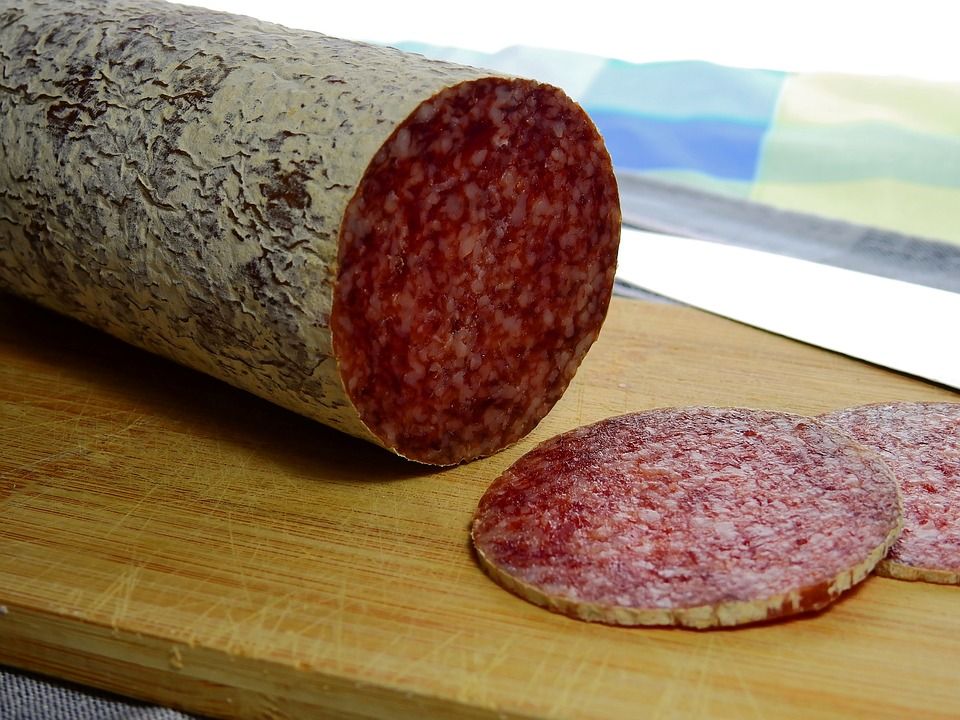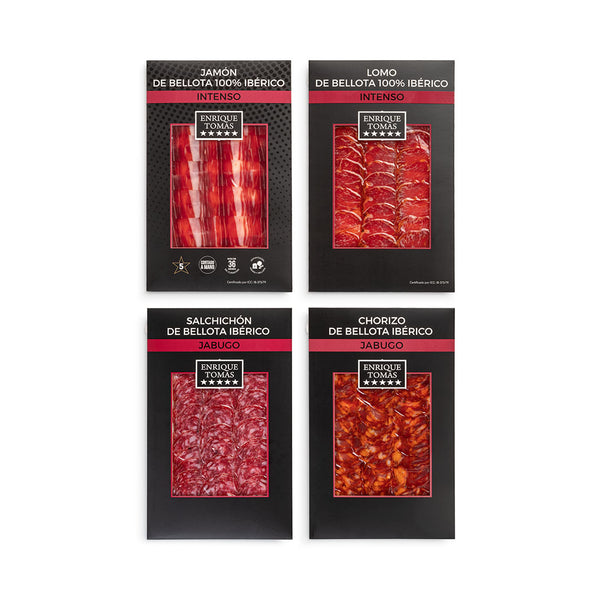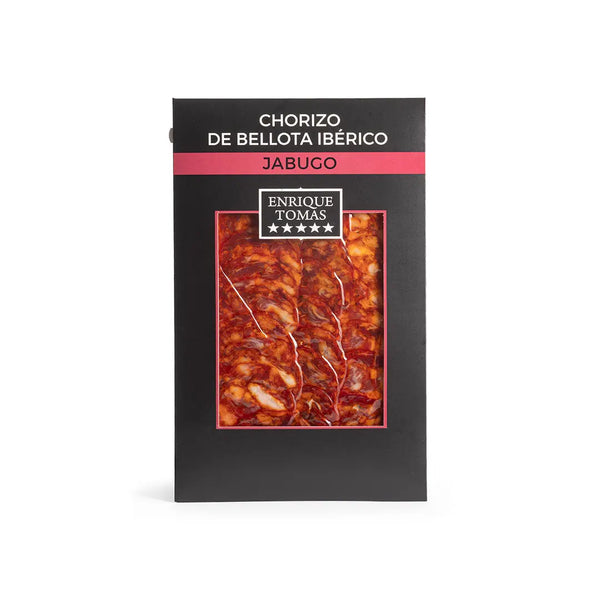
Differences between salami and sausage
The Iberian salchichón, outside of our Iberian Peninsula, is quite unknown. Most of our customers in London or Paris, when they visit our stores and see the salchichón, don't know what it is or often confuse it with Italian salami.
The same thing happens when tourists come to our stores in Spain. The truth is, although they may seem similar in composition and production, they are different products with distinct textures and flavors. To put it in perspective, is Pepsi the same as Coca-Cola? Or ham and prosciutto? Let's take a closer look at the differences.
Differences between salami and salchichón
Both sausages are of animal origin, made with spices and salt, cured in the air and/or smoked. There are several differences, not forgetting that in each country of origin where they are produced, such as Italy, Spain, Germany, etc., there are also variations according to the region and climate. Below, we will highlight the most prominent differences.The Salami
Salami is a sausage originating from Italy, made from a mixture of beef and pork seasoned with pepper, garlic, and salt, which is then air-cured. In Germany, a type of salami is also produced, which, although bearing the same name, is usually made without garlic. In addition to beef and pork, it also contains bacon and is always smoked.Hungarian salami, also known as winter salami, originated in the 19th century when an Italian immigrant, a butcher by profession, settled in the city of Szeged and produced this salami. He followed traditional methods but used the typical flavors and spices of Hungary. It is exclusively filled with pork, specifically the best part of this animal. The result is the well-known Salami Pick Szeged.

The Salchichón
Salchichón is a traditional and delicious sausage. If we talk about Iberian salchichón, it is simply exquisite. It is made, as the name suggests, with the flavorful meat of the Iberian pig, which is exclusively raised on the Iberian Peninsula.In its basic composition, it features lean Iberian pork meat, bacon, and black peppercorns, which provide an aroma and flavor that distinguish it from other sausages. Although it is only made on the Iberian Peninsula, each region has its own recipe that makes it unique in flavor. Thus, spices can vary, such as nutmeg, cloves, and coriander, although pepper is usually always present. It is cured by air drying or smoking for several days.

Iberian Salchichón
Salchichón is also made in a less traditional way with meat mixtures (pork-beef), including game meats like venison, wild boar, etc., especially in some Spanish towns when the hunting season opens. At Enrique Tomás, we sell handcrafted acorn-fed Iberian salchichón, delicious, either in a whole piece or sliced for all your needs. We also have the IGP Vic longaniza, made as its name indicates in Vic (Barcelona), and the tasty fuet with pepper, which is like the smaller sibling of the salchichón, thinner and meant to be eaten in one go.
If you want to learn more about Iberian salchichón and its comparison with other sausages, you can find more information here. Do you have a clear preference now? Are you more of a salami or salchichón person? The best thing is to try them all.
Let your cravings speak for you!











